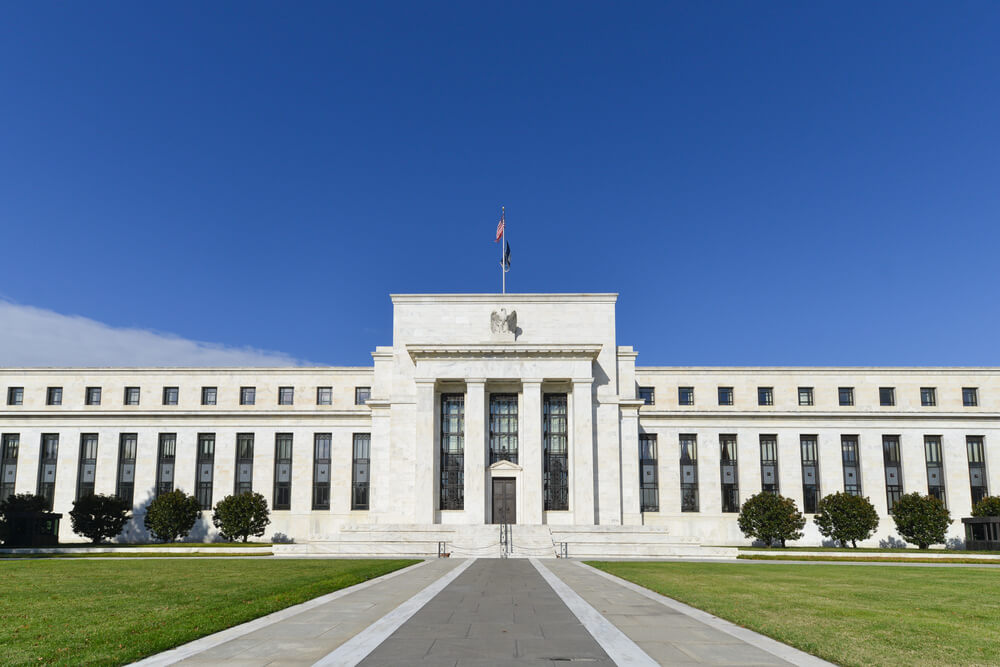On Monday, a massive Federal Reserve intervention that helped put 22 million people back to work and a new record is set to run of U.S. economic growth. It is now entering its 121st month and sustaining a decade of low interest rates.
A possible delicate moment could be approached if recent history is any guide, but the real economic recovery may only be in its initial stages.
Typically, when workers enjoy the greatest wage gains and members of historically sidelined communities find jobs, that is the period when GDP exceeds potential.
As they consider interest rate cuts and assess just where the U.S. economy now stands, those periods have not lasted long in recent years. The Fed and other officials are still fighting.
A chief economist at Mellon stated, “We’re only now making up ground,” referring to the economy even though it has been growing since June 2009, the month the National Bureau of Economic Research marked as the “trough” of the last recession.
A recession is inevitable in the next couple of years, and whether the Fed and U.S. government are adequately prepared to fight another downturn. The approach of the decade-long expansion mark has boosted speculation about how much longer the recovery might last.
It may take several more years for the type of progress Fed and elected officials feel is needed to rebuild middle-class incomes.
An even bigger gap was created of close to $1 trillion, between U.S. output and the economy’s potential based on its population, industrial base, and other factors, according to estimates created annually by the CBO, whipping $600 billion dollars from the U.S. GDP on an inflation-adjusted basis on the 2007-2009 recessions.
A pattern that showed labor advocates argue should make the U.S. central bank willing to take some risks on behalf of wage earners. Those estimates were dated back to the years just after World War Two.
Output Potential in Different Era’s
The economy has been below potential, as measured by the CBO. For most of the time since 1949 – 178 of 281 quarters.
Workers claw back a higher share of the country’s economic output, yet it is only during sustained periods when it operates above potential.
The share of GDP taken home by workers close to 65% helped push the six-year run of output above potential. It has happened consistently in the decade or two immediately following World War Two, and most notably in the late 1960s.
For nearly five years when GDP stayed above potential and labor’s share of national output, which had dipped below 60% at that point, again rebounded. The late 1990s was the only recent comparable era.
Leading the Fed to impose record-high interest rates that triggered a recession, beginning an era when output took 15 years to crawl back to potential, one gave way to a period of excessive inflation. The two eras ended differently.
Trimming interest rates at a time in a way to keep the growth on track and ended with only a mild downturn in 2000, the other one was nursed along by a Fed.















